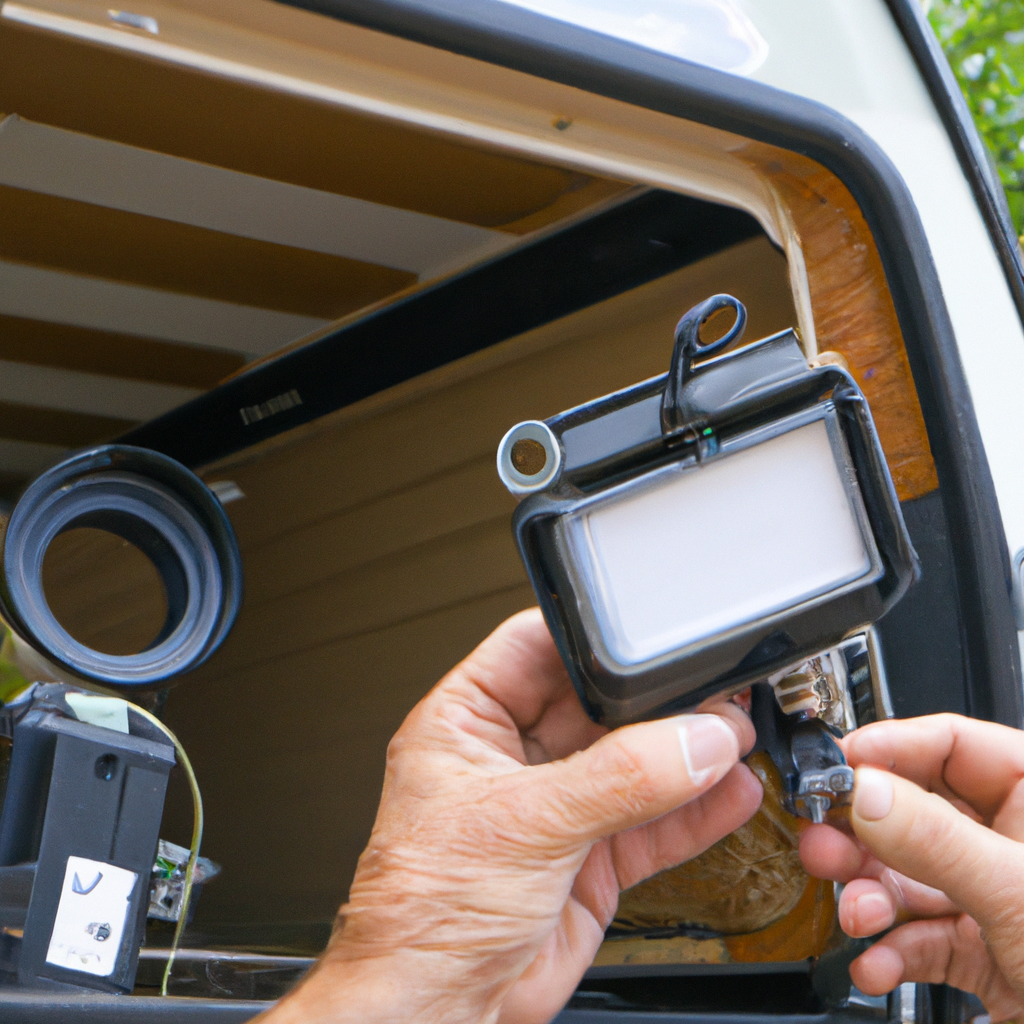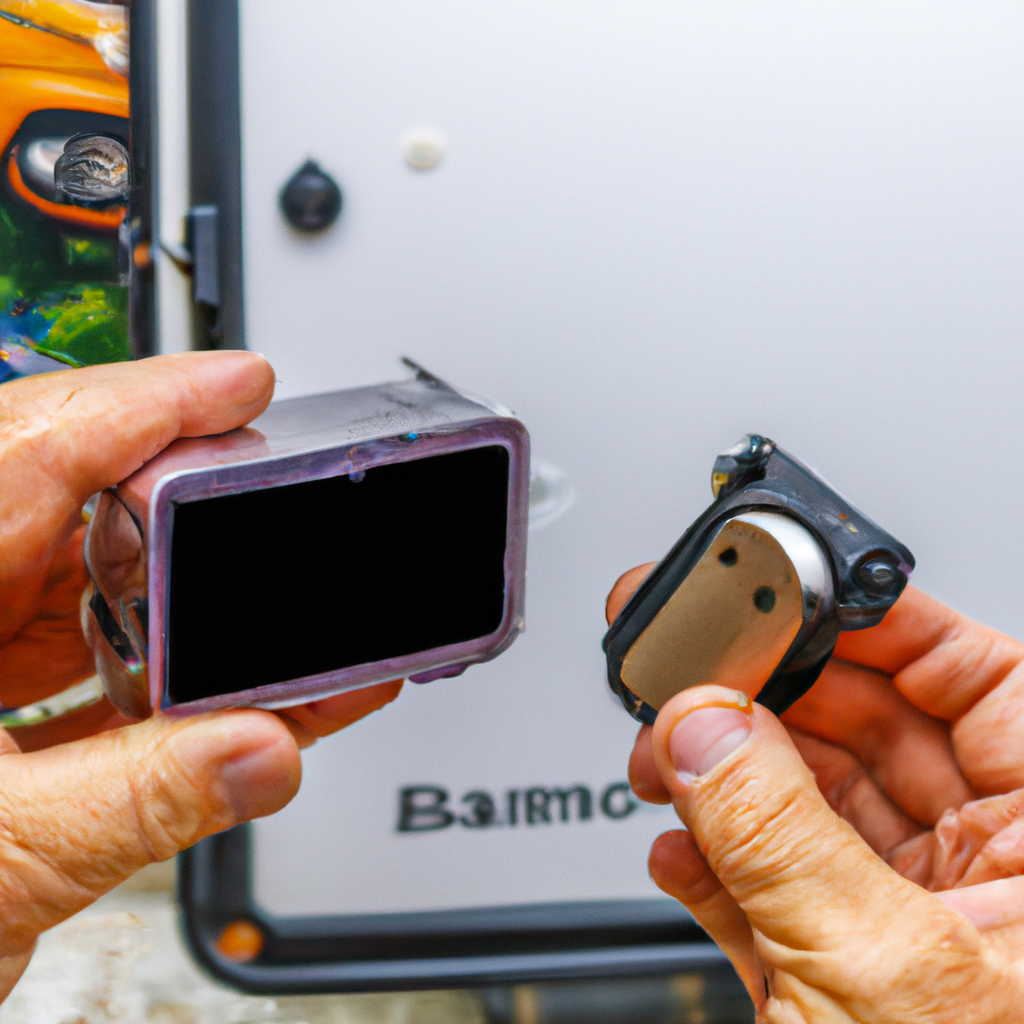-
Table of Contents
“Secure your ride with a dashcam – easy installation for your truck or RV!”
Introduction
Installing a dashcam in a truck or RV is a great way to keep an eye on your vehicle while you’re away. Dashcams provide an extra layer of security and can help you keep track of your vehicle’s location and condition. In this guide, we’ll walk you through the steps of installing a dashcam in a truck or RV. We’ll cover the necessary tools and materials, the installation process, and how to set up the dashcam. With the right preparation and knowledge, you can easily install a dashcam in your truck or RV.
Step-by-Step Guide to Installing a Dashcam in a Truck or RV
Installing a dashcam in a truck or RV is a great way to ensure your safety and security while on the road. Dashcams can provide valuable evidence in the event of an accident or other incident, and can also be used to monitor your vehicle’s performance. This step-by-step guide will help you install a dashcam in your truck or RV.
Step 1: Choose a Dashcam
The first step is to choose a dashcam that meets your needs. Consider the features you want, such as night vision, motion detection, and GPS tracking. Also, make sure the dashcam is compatible with your vehicle’s power system.
Step 2: Mount the Dashcam
Once you’ve chosen a dashcam, you’ll need to mount it in your truck or RV. The best place to mount the dashcam is on the windshield, near the rearview mirror. Make sure the dashcam is securely mounted and won’t move or vibrate while driving.
Step 3: Connect the Dashcam to Power
Next, you’ll need to connect the dashcam to a power source. Most dashcams come with a power adapter that plugs into the vehicle’s cigarette lighter. If your vehicle doesn’t have a cigarette lighter, you can hardwire the dashcam to the vehicle’s electrical system.
Step 4: Set Up the Dashcam
Once the dashcam is connected to power, you’ll need to set it up. This includes setting the recording resolution, setting the recording length, and setting the motion detection sensitivity. You may also need to adjust the camera’s angle and field of view.
Step 5: Test the Dashcam
Once the dashcam is set up, you’ll need to test it to make sure it’s working properly. Take a test drive and make sure the dashcam is recording properly. Also, make sure the motion detection is working correctly and that the camera is capturing the desired field of view.
Installing a dashcam in a truck or RV is a relatively simple process. With the right tools and a bit of patience, you can have your dashcam up and running in no time.
What to Consider Before Installing a Dashcam in a Truck or RV
Installing a dashcam in a truck or RV can be a great way to ensure the safety of your vehicle and its occupants. However, before making the decision to install a dashcam, there are a few important considerations to keep in mind.
First, it is important to consider the legal implications of installing a dashcam. Depending on the state or country in which you are driving, there may be laws that regulate the use of dashcams. It is important to research the laws in your area to ensure that you are not breaking any laws by installing a dashcam.
Second, it is important to consider the type of dashcam that you will be installing. There are a variety of dashcams available on the market, and it is important to choose one that is suitable for your vehicle. For example, if you are driving a truck or RV, you may want to choose a dashcam that is designed to withstand the vibrations and bumps of the road.
Third, it is important to consider the cost of installing a dashcam. Dashcams can range in price from a few hundred dollars to several thousand dollars, depending on the features and quality of the camera. It is important to research the different options available and choose one that fits within your budget.
Finally, it is important to consider the installation process. Installing a dashcam can be a complicated process, and it is important to make sure that you are comfortable with the installation process before beginning. If you are not comfortable with the installation process, it is best to hire a professional to install the dashcam for you.
By considering these factors before installing a dashcam in a truck or RV, you can ensure that you are making the best decision for your vehicle and its occupants.
How to Choose the Right Dashcam for Your Truck or RV
When it comes to choosing the right dashcam for your truck or RV, there are a few important factors to consider. Dashcams are an invaluable tool for recording your travels, providing evidence in the event of an accident, and even helping you to improve your driving skills. With so many options available, it can be difficult to know which one is right for you. Here are some tips to help you make the right choice.
First, consider the size and shape of the dashcam. Dashcams come in a variety of sizes and shapes, so it’s important to choose one that fits your vehicle’s interior. If you have a large truck or RV, you may want to opt for a larger dashcam with a wide-angle lens to capture more of the road. If you have a smaller vehicle, a smaller, more discreet dashcam may be a better option.
Second, consider the features you need. Dashcams come with a variety of features, from GPS tracking to night vision. Think about what features you need and which ones you can do without. For example, if you’re looking for a dashcam to help you improve your driving skills, you may want to opt for one with a lane departure warning system.
Third, consider the cost. Dashcams can range from a few hundred dollars to several thousand, so it’s important to consider your budget when making your decision. If you’re looking for a basic dashcam, you can find one for a reasonable price. However, if you’re looking for a more advanced model with additional features, you may need to invest more.
Finally, consider the installation process. Some dashcams require professional installation, while others are designed to be installed by the user. If you’re not comfortable with the installation process, it’s best to opt for a model that comes with an easy-to-follow installation guide.
By considering these factors, you can find the right dashcam for your truck or RV. With the right dashcam, you can ensure that your travels are recorded and that you have the evidence you need in the event of an accident.
Tips for Installing a Dashcam in a Truck or RV
1. Choose a Dashcam: When selecting a dashcam for your truck or RV, consider the size of the vehicle and the type of camera you need. Look for a camera that is designed to withstand the elements and has a wide-angle lens to capture the entire road.
2. Mount the Dashcam: Securely mount the dashcam to the windshield or dashboard of your truck or RV. Make sure the camera is positioned in a way that it won’t obstruct your view of the road.
3. Connect the Dashcam to Power: Connect the dashcam to a power source, such as the vehicle’s cigarette lighter or a 12-volt power outlet.
4. Set Up the Dashcam: Once the dashcam is connected to power, you can set up the camera’s settings. This includes setting the recording resolution, frame rate, and other features.
5. Test the Dashcam: Before you hit the road, test the dashcam to make sure it is working properly. Check the video quality and make sure the camera is securely mounted.
6. Enjoy the Benefits: Once your dashcam is installed, you can enjoy the benefits of having a recording of your travels. This can be helpful in the event of an accident or other incident.
Benefits of Installing a Dashcam in a Truck or RV
Installing a dashcam in a truck or RV can provide a number of benefits for drivers. Dashcams are small cameras that are mounted on the dashboard of a vehicle and record video footage of the road ahead. They can be used to provide evidence in the event of an accident, as well as to monitor driver behavior. Here are some of the key benefits of installing a dashcam in a truck or RV.
First, dashcams can provide evidence in the event of an accident. In the event of a collision, the footage recorded by the dashcam can be used to determine who was at fault. This can be especially useful in cases where the other driver is not willing to accept responsibility for the accident. The footage can also be used to support insurance claims and provide evidence in court.
Second, dashcams can be used to monitor driver behavior. Dashcams can be used to monitor the speed of the vehicle, as well as any sudden braking or acceleration. This can be useful for fleet managers who want to ensure that their drivers are following the rules of the road. It can also be used to identify any dangerous driving habits that need to be addressed.
Finally, dashcams can provide peace of mind for drivers. Knowing that their journey is being recorded can provide a sense of security and reassurance. This can be especially useful for drivers who are travelling long distances or in unfamiliar areas.
In conclusion, installing a dashcam in a truck or RV can provide a number of benefits for drivers. It can provide evidence in the event of an accident, monitor driver behavior, and provide peace of mind. For these reasons, installing a dashcam is a wise investment for any driver.
Thanks for visiting Dashcam Installation Australia.
For more information visit local authories sites to know your rights.




